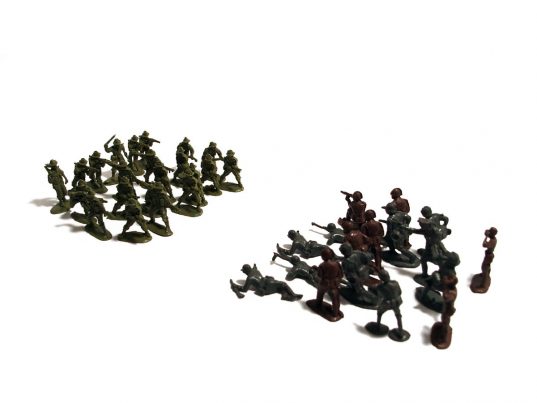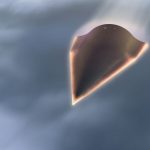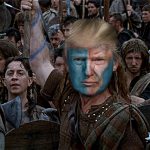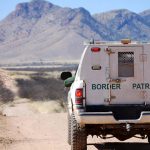
US mobilizes troops in Korea after Kim Jung-un orders military into “quasi-state of war”
Monday, August 24, 2015 by usafeaturesmedia
http://www.nationalsecurity.news/2015-08-24-us-mobilizes-troops-in-korea-after-kim-jung-un-orders-military-into-quasi-state-of-war

(NationalSecurity.news) U.S. and South Korean troops began mobilizing Friday following an exchange of artillery fire with North Korea, after which leader Kim Jung-un also ordered his own military into a “quasi-state of war,” news reports said.
As reported by The Korea Times, Kim ordered North Korean forces along the heavily fortified border with the South to maintain full combat readiness and threatened to launch another attack over the weekend – an attack that did not materialize.
According to the Times, citing North Korea’s state-run Central News Agency, KCNA, Kim held an emergency meeting of his military commanders, telling them to enter into “a quasi-state of wartime” and ramp up military operations.
“Commanders of the Korean People’s Army were hastily dispatched to front-line troops to command military operations to destroy psychological warfare tools if the enemy does not stop propaganda broadcasts within 48 hours, and prepare against the enemy’s possible counteractions,” the state-run media reported.
Sources told the Times that Pyongyang may also conduct missile tests within days, which some see as further provocation by the regime.
“The North is showing signs of preparing a Scud missile near Wonsan and a Rodong missile in North Pyeongan Province,” a source told the Times, based on analysis of joint radar information with the United States.
New attacks may be coming
The paper said Pyongyang is weighing the timing of a new launch and looks on the surface to be preparing for a new attack in the near future.
The United States has 28,500 troops permanently stationed in South Korea; any attack on the South would garner a response from both South Korea and U.S. military forces.
As reported by the UK’s Telegraph, U.S. Army troops were seen mobilizing near the North-South border over the weekend.
“There is the possibility of North Korea launching provocations of a certain kind after 5:00 p.m. (Saturday),” South Korean Defense Minister Han Min-koo said, citing a deadline the Kim regime set for its demand to stop loudspeaker propaganda along the border.
“Joint Chiefs of Staff Chairman Adm. Choi Yun-hee and U.S. Forces Korea Commander Gen. Curtis Scaparrotti have shared information on the current situation,” a defense ministry official said. “The joint operational plan is a response to the North’s attack a day earlier.”
Under contingency plans, the U.S. 210th Fire Brigade, equipped with high-tech weaponry including the M270A1 multiple launch rocket system (MLRS), a radar-guided weapon used principally for counter-battery fire against North Korean rocket systems, has upgraded its readiness in possible support of South Korean forces.
Given escalating border tensions, U.S. and South Korean forces could also utilize troops currently participating in joint live-fire drills aimed at deterring Kim’s forces, SK defense officials said.
U.S. reiterates unwavering support for the South
South Korean President Park Geun-hye made an unscheduled visit to the headquarters of the Third Army in Yongin, Gyeonggi Province, to ensure military readiness and encourage troops, according to President Park’s office.
While there, she praised the military on its immediate response to the North’s shelling.
“The military should respond firmly to North Korean provocations. Its duty is to ensure the safety of people,” Park said during a briefing on the incident.
In Washington, DC, Chairman of the Joint Chiefs of Staff Army Gen. Martin Dempsey phoned his South Korean counterpart, Adm. Choi Yoon-hee, on Friday to discuss the United States’ ongoing commitment to the defense and security of the South.
Dempsey also reiterated the strength of the U.S.-Korea alliance, according to Joint Staff public affairs officer Navy Capt. Greg Hicks.
The two leaders “concurred they would watch North Korea’s actions closely in the coming days,” Hicks said, “and would ensure that the U.S. and ROK continue to work closely with one another to deter further North Korean provocations and defuse tensions.”
North Korea has the far larger military, with 1 million troops in uniform compared to the South’s 522,000. The North also has an advantage in a greater number of missiles, artillery pieces and tanks. However, the South’s weapons are much more highly advanced, while much of North Korea’s forces are armed with archaic, outdated systems.
See also:
Tagged Under: Tags: Kim Jung-un, North Korea, state of war, US military






